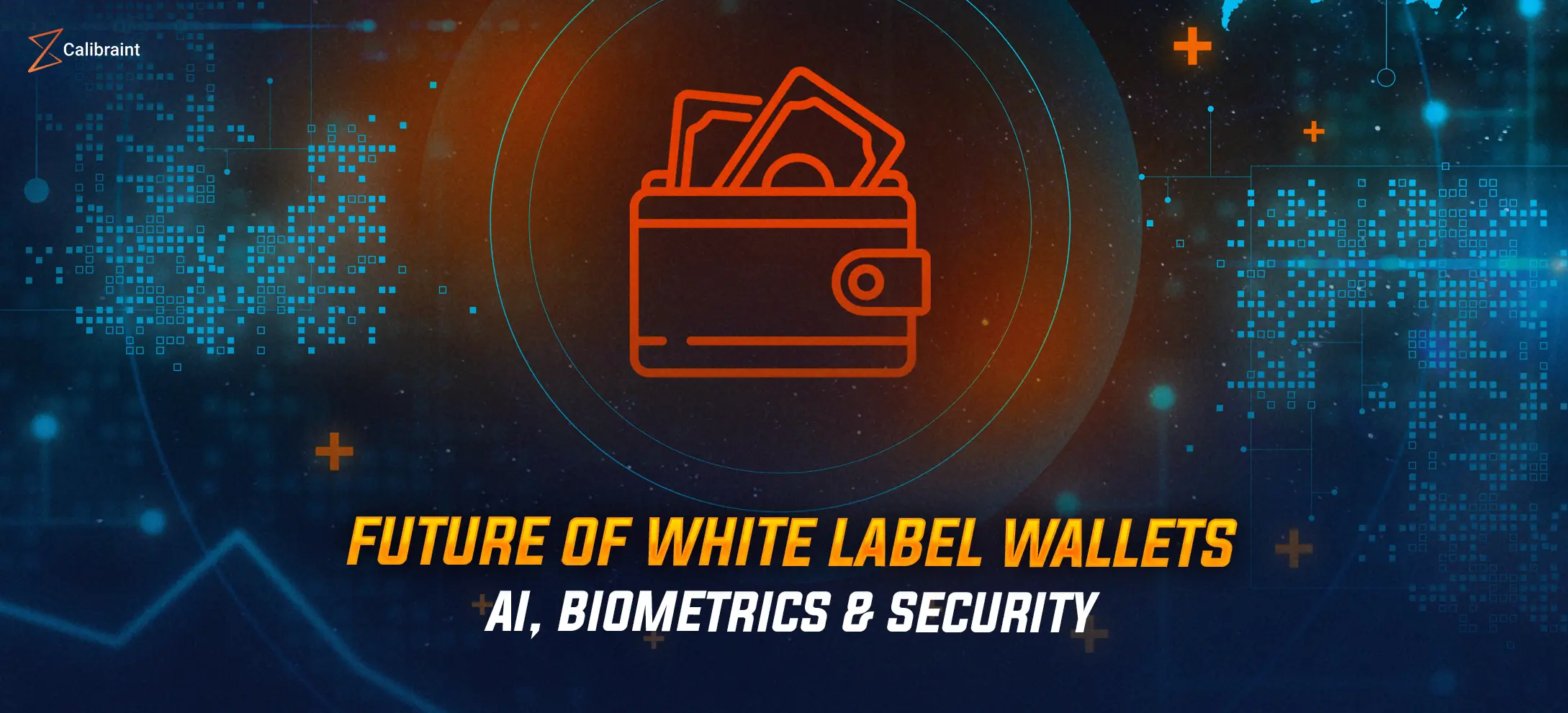Things You Need To Know About Slither Static Analyzer For Smart Contracts
Calibraint
Author
October 3, 2023
Last updated: October 9, 2023

Every smart contract developer or auditor will know the importance of ensuring the security, efficiency, and quality of the code. However, reviewing the code manually can be tedious, time-consuming, and error-prone. That’s why a tool is necessary in order to automate and improve the code analysis process.
Slither is a solidity static analyzer for smart contracts that can detect vulnerabilities, optimize code, improve comprehension, and assist review. It can analyze any solidity project, whether it is a single file or a complex application. It can also integrate with popular frameworks such as Hardhat, Foundry, Dapp, and Brownie.
Slither solidity static analyzer is an open-source project developed by Trail of Bits, a leading security research and consulting firm. Learn more from the official GitHub repository of Slither. We will further dive deeper into its installation, usage, and components.
Installation and Usage of Slither Solidity Static Analyzer for Smart Contracts
Slither is easy to install and use. You can choose one of the following methods to install Slither on your system:
Using pip:
You can install Slither using pip, a package manager for Python. To do so, run the following command in your terminal:
pip install slither-analyzer
Using git:
You can clone the Slither GitHub repository and install it from the source. To do so, run the following commands in your terminal:
git clone https://github.com/crytic/slither.git && cd slither
python setup.py install
Using docker:
You can use Docker to run Slither without installing it on your system. To do so, run the following command in your terminal:
docker run -v $(pwd):/home/trailofbits/slither -it trailofbits/slither
Once you have installed Slither, you can run it on any Solidity project or file. Slither supports various frameworks such as Hardhat, Foundry, Dapp, and Brownie. You can also specify the solo version to use for compilation.
To run Slither on a Hardhat/Foundry/Dapp/Brownie application, use the following command:
slither
To run Slither on a single file, use the following command:
slither file.sol
Slither will analyze your code and display the results in your terminal. You can also use various options and arguments to customize your analysis. For example, you can use –json to output the results in JSON format, or –triage-mode to interactively triage the results.
Detectors and Printers
Slither has two main components that perform different types of analysis on your code: detectors and printers.
Detectors are modules that identify specific issues or vulnerabilities in your code. Slither has a variety of built-in detectors that cover common security risks, such as reentrancy, integer overflow, unused state variables, and more. You can also enable or disable detectors according to your needs.
For example, you can use –detect to run only the specified detectors, or –exclude to skip the specified detectors.
Printers are modules that output information or statistics about your code. Slither has a number of built-in printers that help you optimize your code, visualize your contract details, and review your code.
For example, you can use –print human-summary to get a human-readable summary of your contracts, or –print inheritance-graph to generate a graph of the inheritance relationships among your contracts.
You can use detectors and printers to improve the quality and security of your code. For example, you can use the shadowing-state detector to find state variables that are shadowed by inherited contracts, or the cfg printer to generate a control flow graph of each function in your contracts.
Custom Analyses
Slither also allows you to write your own custom analyses using the Slither API. You can use the Slither API to access and manipulate various aspects of your code, such as contracts, functions, variables, expressions, and more.
One of the key features of the Slither API is the intermediate representation (SlithIR) that Slither uses to preserve semantic information. SlithIR is a low-level representation of Solidity code that consists of simple and atomic instructions. Each instruction has a set of operands and a result. You can use SlithIR to perform dataflow and taint tracking analyses on your code.
Dataflow analysis
Dataflow analysis is a technique that tracks how data flows through your code. For example, you can use dataflow analysis to find out which variables are read or written by a function, or which instructions affect the return value of a function.
Taint Analysis
Taint analysis is a technique that tracks how tainted data propagates through your code. Tainted data is data that comes from an untrusted source, such as user input or external calls. For example, you can use taint analysis to find out which instructions are influenced by tainted data, or which tainted data reaches a sensitive instruction, such as a self-destruct or a transfer.
You can use the Slither API to write custom analyses that leverage dataflow and taint tracking techniques on SlithIR. You can also use the built-in detectors and printers as examples or templates for your custom analyses.
Conclusion
Slither is a powerful and versatile tool that can help you improve the security, efficiency, and quality of your smart contract code. Since it is an open-source project that is constantly updated and improved by the Trail of Bits team and the community, we can expect more iterations in the near future.
Calibraint
Author
October 3, 2023
Last updated: October 9, 2023



























